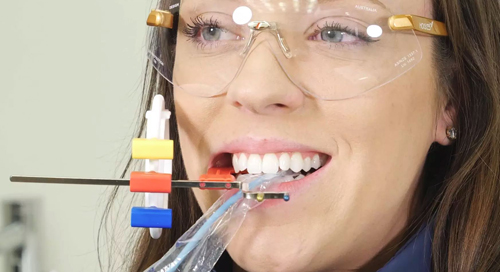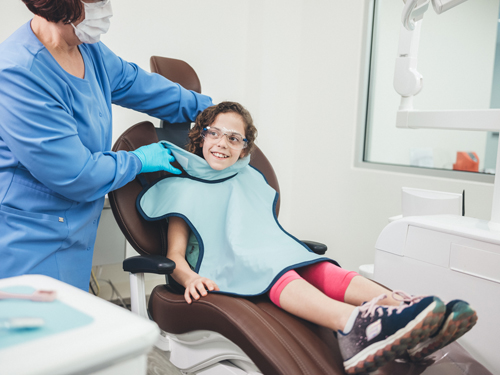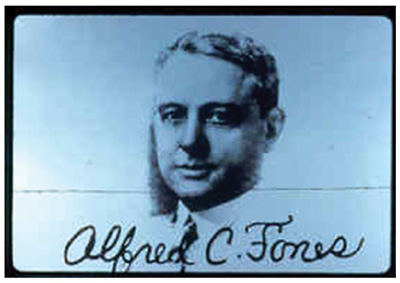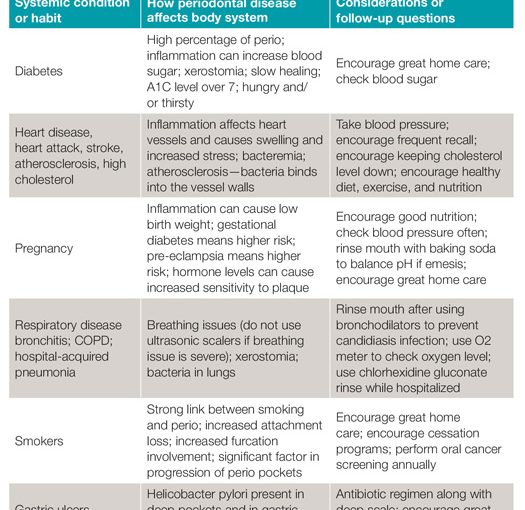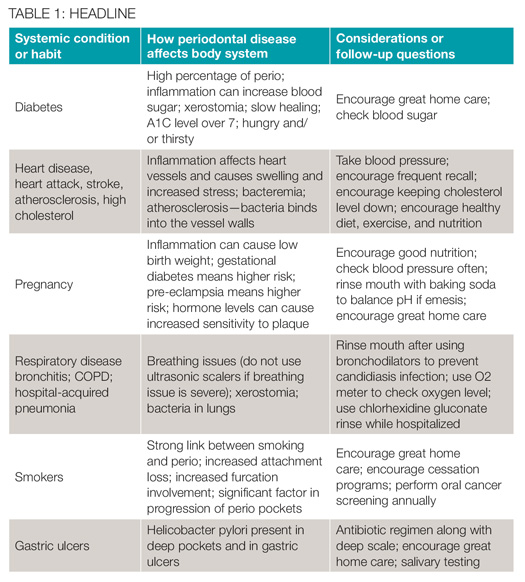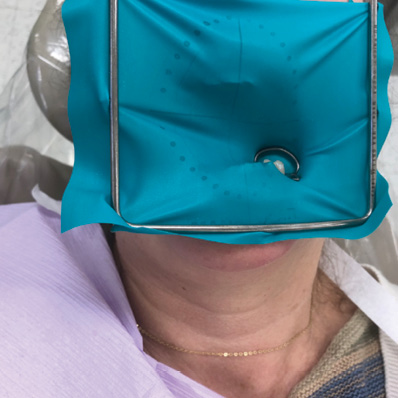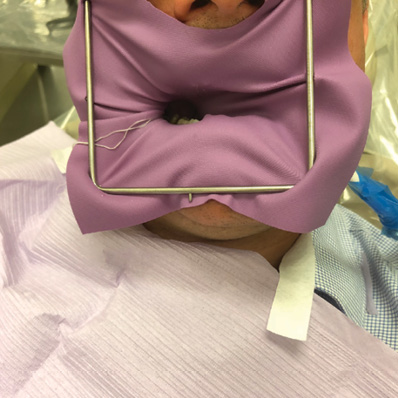Datevig Tegeleci, MA, RDH
For those who are trying to expand their families, or even if it comes as a surprise, pregnancy is an exciting milestone. Navigating it for the first time can be overwhelming, fun, confusing, and at times frustrating. Our bodies are going through so many changes in such a short amount of time that sometimes we feel an onslaught of uncomfortable symptoms. My pregnancy journey may be different than yours, but I hope some of this information can be useful or tailored to fit your specific needs.
Occupational hazards and pregnancy
I told my employers that I was pregnant early on, at about five to six weeks. The reason I told them so early was because I wanted to reduce occupational hazards and exposures, and so they knew the reason why I could not see certain patients. Two of the most important factors to me were not seeing patients who needed nitrous oxide gas sedation and not taking x-rays.
While nitrous oxide can be used safely in a dental office setting with proper maintenance protocols and well-maintained scavenging systems, it is still not recommended for pregnant individuals to work near it. This is because even with the best protocols in place, trace amounts of nitrous oxide gas can escape the machine, the patient’s nasal mask, or even the hose. Breathing in nitrous oxide gas can potentially be toxic. According to the Centers for Disease Control and Prevention (CDC), possible side effects can include spontaneous abortion, more commonly known as miscarriage.1 Continued exposure to nitrous oxide during pregnancy can lead to increased risk of premature delivery, congenital abnormalities, and cancer, renal, and hepatic diseases.1
